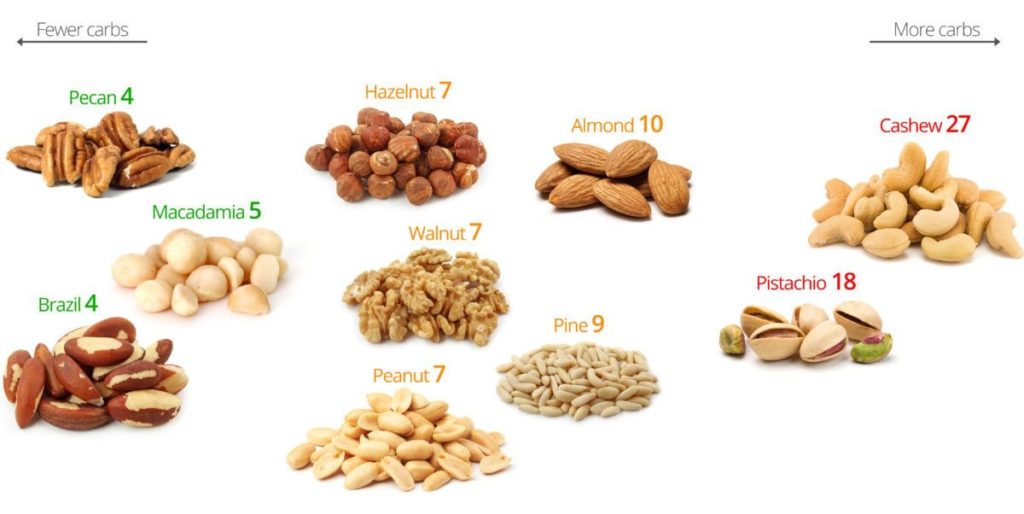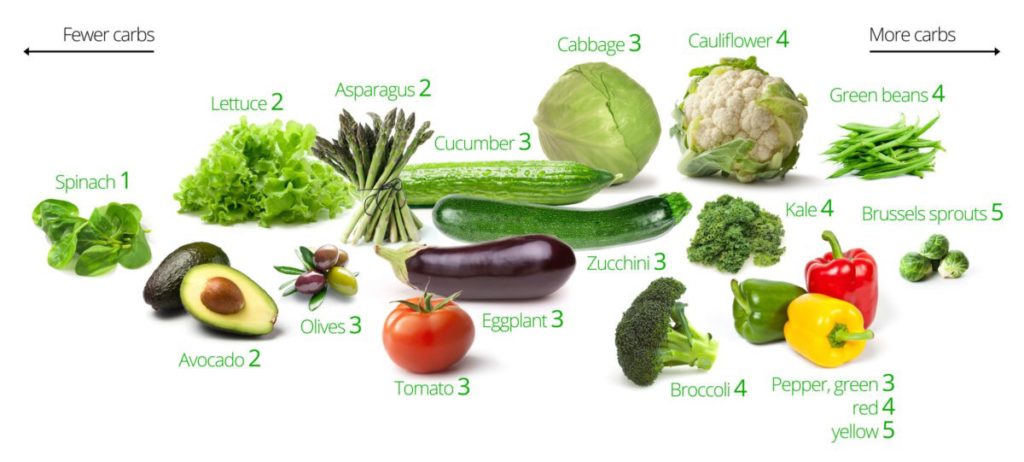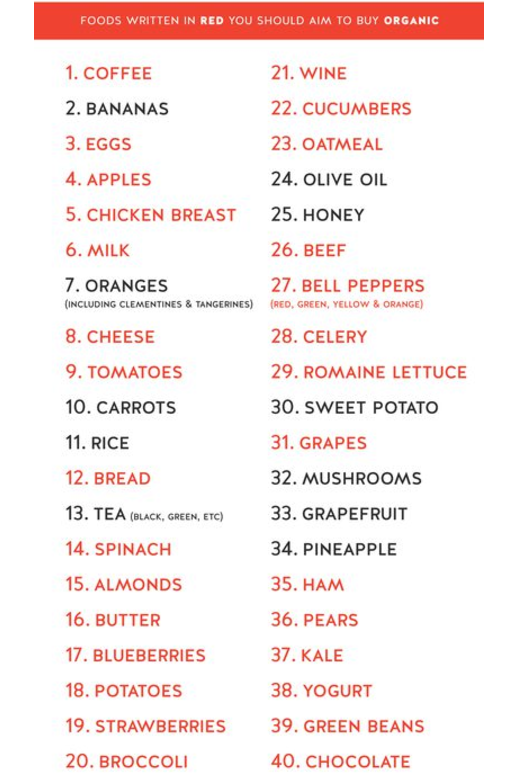
Your Holiday Survival Guide
Make it through this Holiday while having fun!
Holiday preparations, family visits, and epic meals… end-of-the-year festivities can make it feel impossible to avoid skipping workouts, gaining weight, and landing on January 1st with a momentous hangover.
Holiday Survival Tool #1 Eat slowly and to “satisfied” instead of “stuffed”
The most effective (and sanity-preserving) tool for holiday eating may also be the simplest one: Eat slowly. (And stop at “satisfied”, instead of “stuffed”).
This strategy helps you avoid overeating for two main reasons:
Physiological
It takes 15-20 min for your digestive system to let your brain know that you’re satisfied. Slowing down a meal allows that to happen before you overeat.
Holiday Survival Tool #2:
Folks who want to get (and/or stay) fit will exercise diligently for months, only to get derailed by the holidays and “fall off the wagon” for the entire year.
This plan takes only a few minutes a day, it requires minimal or no equipment, and it focuses on compound exercise (big muscles, big movements) which makes it very effective when you want a good movement session but have limited time.
Below you will find a link to a quick and easy 10 minute workout routine when you find it tough to get to the gym!
Holiday Survival Tool #3: Eating well on the go.
The end of the year has most people bouncing from supermarket to mall to party to recital — not to mention the planes, trains, and automobiles routine if you’re traveling.
With smart strategies you can eat well on the go no matter where life takes you.
Below you will find 25 ways to eat to eat well on the go!
Holiday Survival Tool #4
How (and why) to make the perfect Super Shake
What’s a Super Shake? It’s a nutrient-packed, delicious, liquid meal that you can whip up and drink while you help a 4-year-old glue googly eyes on felt reindeers.
Letting yourself get too hungry is one of the best ways to end up over-drinking and overeating. And during the holidays, you don’t always have the time to prep a nice,
balanced plate of protein, veggies, fruit, and healthy fats.
Holiday Survival Tool #5
The best calorie control guide
Want to get through the holidays without losing strength? Without gaining extra weight and body fat? That’s all possible.
Sure, it’ll feel difficult with all that calorie-dense food in front of you. But your health can survive another year of Mom’s mostly-butter mashed potatoes and
Aunt Marie’s pumpkin bourbon cheesecake if you just eat slowly and pay attention to portions.
No, no… not calorie counting. That’s often annoying, impractical, and inaccurate, especially at Christmas dinner. So try our “hand measure” system instead.

When you binge on Thanksgiving, what happens?
When you binge on Thanksgiving, what happens ?
“Thankgiving is a holiday that celebrates the ability of Americans to eat massive quantities of food.”
That may not be the official definition, but come on, that’s true, isn’t it? And most of us are fine with that. Or would be fine with that, if not for the several pounds of fat we put on over just a couple of days. How is that even possible?!
Answer: It isn’t. A two-day binge can have a profound effect on your gut microbiota, as we’ll see, but not so much on your fat stores.
In one study, college students gained just over a pound over Thanksgiving break (a couple of weeks). Of course, by itself, one pound isn’t much to worry about, but you’ll undoubtedly find someone to point out that if you ate like that all the time, you’d gain more than 28 pounds in a year!
There are 9 calories per gram of fat, so if, on a given day, we eat 3,500 calories when we only needed 2,500, the 1,000 extra calories should morph into 111 g (about a quarter of a pound) of fat.
But it doesn’t work that way. There’s a limit to the amount of calories your body can process into fat stores in a given amount of time. If you eat beyond that limit, some of the extra calories will be burned off as heat and some will end in the crapper. Weighting yourself before and after visiting the toilets after a Thanksgiving meal can be an illuminating experience. The average morning pee weighs half a pound. The average poop weighs a third of a pound. After a Thanksgiving meal, you can easily beat those numbers, and you’ll go more frequently too.
Eating a lot of carbs means storing a lot of water. Obviously, what you eat matters. If your glycogen stores are low (for example, after a day or two of low-carb eating or a couple long runs), you can eat around a pound of carbs and almost all of it will be stored as glycogen, not as fat. Carbs are usually eaten with fat and protein, though, especially on Thanksgiving, so let’s take a look at what happens when you overeat those macronutrients.
Overfeeding on protein (e.g., turkey) will cause less fat storage than overfeeding on alcohol (e.g., wine) or fat (as is plentiful in delicious pumpkin pies, not in the low-fat abominations). If you’re prone to overeating on Thanksgiving, it may be wise to load up on a bunch of turkey first, to help with appetite suppression.
Significant body fat is gained in weeks or months, not in hours or even in days. On the other hand, water weight can vary rapidly with salt and carbohydrate intake, exercise, and other factors. Eating a typical Thanksgiving meal can easily increase your body fluids, tricking you into thinking you’ve gained lots of fat. Even over the holiday season, however, not everyone gains fat, and feeling like you’ve gained weight doesn’t always mean you have.
If you overeat, your gut microbiota is going to change for the worse, especially if you binge on acellular carbohydrates (flour and sugar). Thanksgiving meals can be quite rich in those acellular carbs. Hypercaloric high-fat diets too affect the gut microbiota, causing changes in the brain areas that regulate satiety. Nobody knows the exact effect of a one-day binge, but people who tend to binge uncontrollably on Thanksgiving are more likely to binge on other days as well, and that’s where the real danger lays.
So What Should You Do?
Celebrate Thanksgiving! occasional overeating isn’t inherently unhealthy, and Thanksgiving could involve large heaps of turkey and mashed potatoes rather than three slices of pumpkin pie and two of apple pie. Again, load up on the healthy (or healthy-ish) food first, so you don’t go too crazy with the unhealthy stuff.
Finally, some form of intermittent fasting could be a good idea during the holiday season. It is neither necessary nor healthy to starve yourself after Thanksgiving, but alternating periods of eating more and periods of eating less could be a good idea if you’re watching your weight, and it could develop in you the ability to diet flexibly.
Sometimes bad food can be good for your soul, BUT not daily!
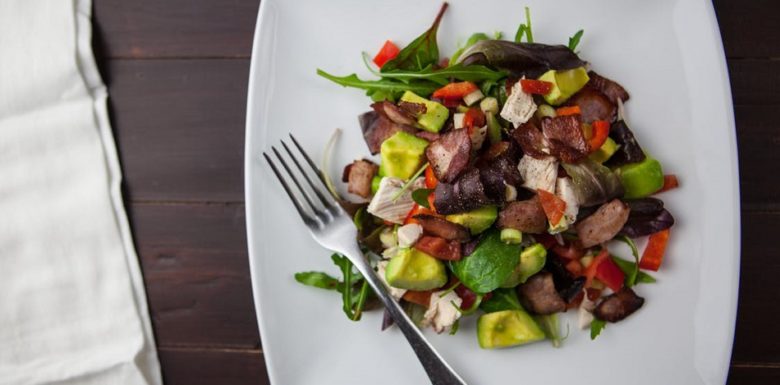
Low carb dieting seems pretty simple at first: just eat fewer carbs. But fewer than … what?
There are three carb cutoffs that researchers use to define “low-carb”, plus a fourth option that involves carb timing. Let’s quickly see what those are.
Option 1: Eat less than 50 grams of carbs (aka ketogenic dieting). Once you go below 50 grams of carbs a day, most studies classify that as a “very low ketogenic diet carb”. When you think of the Atkins Diet, or even medical diets based on Atkins, they fall under this category. This carb level is supposed to lead to extra fat loss magic, which has been mostly disproved by recent experiments. Regardless, the lower you go below 50 grams of carbs, the more ketones you produce. And for some conditions (especially epilepsy), ketones could be beneficial. Other people just feel better eating Very low carb diets.
Option 2: Eat less than 150 grams of carbs (aka the amount stored in your liver).
Your liver stores carbohydrate in the form of glycogen, maxing out at around 150 grams of stored carbs. If you fast for a day or two, or just eat very low carb intakes, that’ll exhaust your liver’s glycogen stores.
This is also roughly the maximum carb intake that real life low-carbers would consider “low-carb”. And it would come with a qualification like “yeah, I eat fairly low carb”.
Anecdotally, when people eat below 100-120 grams of carbs a day, some of them feel really crappy. The reasons for this can vary by person. Some simply crave more carbs and are dissatisfied with what’s going into their bellies. Also, our intestines can be finicky, leading to altered bowel habits and altered microbiomes even after just a day of carb changes. And since neurotransmitters abound in that area (such as the 90% of your body’s serotonin that’s produced in the gut), your brain can be impacted by what impacts your gut.
Option 3: Eat less than 250 grams of carbs (aka less than the average person eats)
The average American eats a little over 300 grams of carbs a day.
This carb level can be a nice middle-of-the-road intake, especially since it doesn’t seem to impair muscle performance. Then again, it doesn’t appear to provide the metabolic benefits of lower carb intakes in overweight people with diabetes.
Option 4: Eat carbs only at certain times or days (aka targeted or cyclical ketogenic dieting)
Everyone you know has actually tried a low-carb diet before. That’s because everyone’s low-carb between meals!
Most people are only low-carb for around ten hours: eight hours of sleep plus a couple more hours. Others are low-carb for many years. But there’s actually a standardized low-carb diet that falls between those extremes.
Its called the cyclical ketogenic diet (CKD), which basically involves low-carb weekdays and carb refeeds on the weekend. This diet is especially beneficial for athletes or those interested in fine tuning body composition, since you can drastically lower calories for most of the week then fuel exercise with carbs for a day or two.
CKD is just one form of intermittent carbohydrate restriction, which has shown benefits in a few trials.
There’s one other way you can restrict carbs, by only eating carbs around workout time (TKD, or targeted ketogenic diet). All of these diets are ways to play around with energy restriction based on timing, with the most popular form being intermittent fasting.
What now….?
You can modify carb intake in creative ways other than just eating less every day. For example, eating less on certain days, not eating as many carbs when you’re not working out much, or just fasting for a large portion of the day.
There is no standard definition of low-carb, and hence everybody and their mother and their health guru has their own definition. The only definitions that matter are those that your body understands, such as the level that depletes liver glycogen, or the level that reliably produces ketones, or most importantly the level where you still enjoy eating but also doesn’t make you gain too much extra weight.
If you like to eat nuts as a snack consider which once you are eating, and how much you are eating.
We should also be eating vegetables daily. Consider what vegetables you are eating, and maybe choose the higher carb vegetables on the days you are working out.
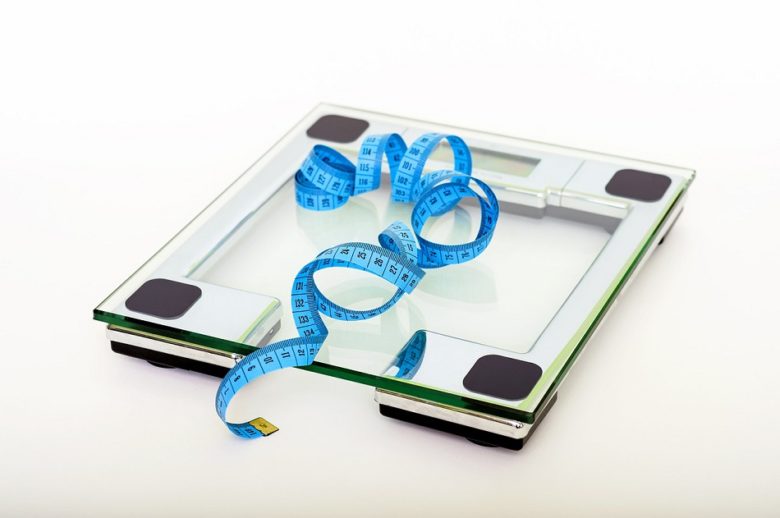
Do Weight Changes On Your Scale Translate To Fat Loss (or gain)?
In a word, no.
On a day-to-day basis, your scale will NOT tell you about fat tissue changes, which are minimal during a short 24-hour timescale. It will tell you about four things: your bowel movements, your peeing, carb intake (reflected in glycogen storage), and blood volume (influenced by salt intake). Blood volume won’t vary that much unless you’re an MMA fighter cutting weight, so let’s focus on the other factors.
The mass of different people’s poop and your pee can vary tremendously, and hence impact your scale weight. In fact, the daily mass of poop can vary from around 15 grams to around 1.5 kg (0.03 pounds to 3.3 pounds … which is a scary large amount of poop) between different people. Heavy people have heavier poop because they eat more, and fiber can also have a major impact on poop weight.
Urine output is also quite variable, ranging from around 0.6 kg to 2.6 kg (1.3 pounds to 5.7 pounds) when at least somewhat hydrated.
But glycogen storage is probably the main difference maker. Poop and pee won’t differ too much within one individual from day to day, but if you eat low-carb for around three days, your glycogen levels can go down by two-thirds. Which can really affect body weight, because glycogen can make up around 5-10% of the weight of your liver, and 2% of the weight of your muscles. And as you can see below, most of our body weight comes from muscle and organs.
Since the average person stores around 500 grams of combined glycogen in their muscles and liver (although that can get to over 1000 grams in some people), and glycogen is bound to water (which increases the weight by quite a bit), daily carb intake can have huge impacts on your scale weight.
On the flip side, Wi-Fi scales make it super easy to track your body weight, taking only seconds a day. You no longer have to write anything down, and can see your progress over time with just the click of a button. Weighing isn’t at all necessary for weight loss (and in fact, some people do better with things like measuring waist circumference, taking pictures, watching how their clothes fit, or not tracking anything at all). We have to rememer that there is a bigger picture than the scale. If you feel the need to weigh in, I would recommend once a week.
….But how can you really ensure weight loss outside of these factors?
Consistency! As cliche as it may sound, Consistency is key in seeing major changes in your body over time.
What does consistency look like?
* Working out 3-5 days a week
*Eating healthy- atleast 80% of the time.
*A good sleep routine, consisting of 8 hours of sleep.
*Staying hydrated daily – Your Body weight in ounces divided by 2
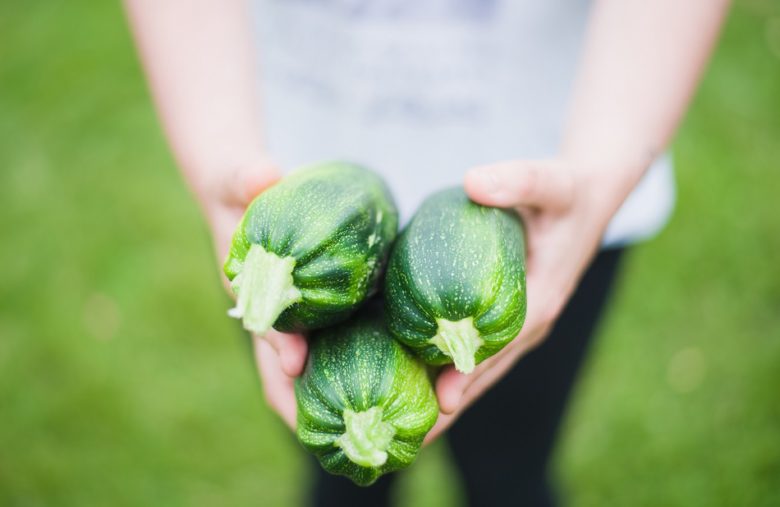
What Food Should You Buy Organic?
Fall is right around the corner, which means so are the holidays! Now is the best time to get back to your fitness routine, eating healthy and working out daily.
Below you will find a list of foods that can help you achieve your goals by eating healthy! Organic food is always a good option when looking to clean up your diet. I have attached a list of foods that are recommended to buy organic if possible. This will reduce the chances of pesticides and/or processed foods that you may find in the grocery store. The Farmer’s Market is a great way to go! There is something so exciting about picking out fresh fruit and veggies that are locally grown!
If you find that you do not have time to shop at the Farmer’s Market- you can shop at stores such as; Whole Foods, Natural Grocers, or Sprouts.
If these options are not available you can still shop at your neighborhood grocery store! Just remember the healthiest and most fresh items are located on the perimeter of the store. The outside aisles only! Remember, eating healthy is a blessing.

Rugged Maniac Conquered
The Kamba Tribe took on a NEW challenge last weekend at the 2017 Rugged Maniac 5k! It was such a thrilling experience! One of the toughest and elite 5k’s out there! We conquered 25 obstacle courses and ran the steepest hills at Snow Creek in Atchison, KS! Big shout out to Leah and her boys, Amber, and Alisha for trying something new and pushing through one of the toughest courses out there!
“You don’t know what you are truly capable of until you try something that scares you”- Chris

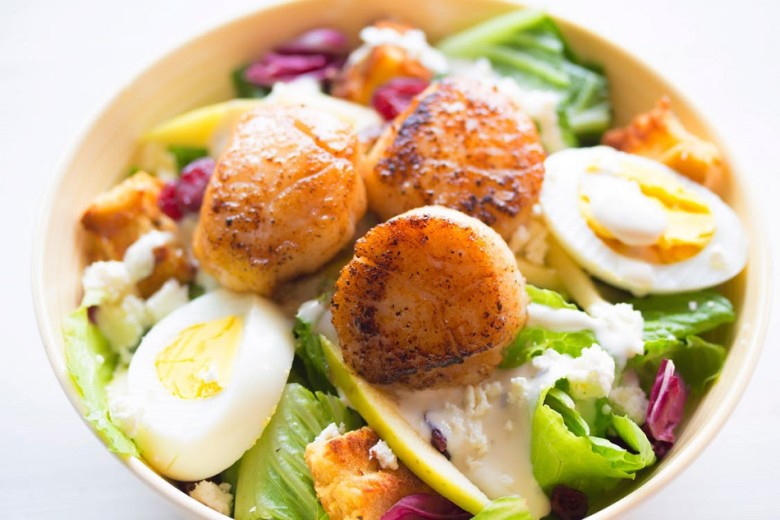
Does “Low Carbs” have an Official Definition?
Low carb dieting seems pretty simple at first: just eat fewer carbs. But fewer than … what?
There are three carb cutoffs that researchers use to define “low-carb”, plus a fourth option that involves carb timing. Let’s quickly see what those are.
Option 1: Eat less than ~50 grams of carbs (aka ketogenic dieting). Once you go below 50 grams of carbs a day, most studies classify that as a “very low ketogenic diet carb” or VLKD. When you think of the Atkins Diet, or even medical diets based on Atkins, they fall under this category. This carb level is supposed to lead to extra fat loss magic, which has been mostly disproved by recent experiments. Regardless, the lower you go below 50 grams of carbs, the more ketones you produce. And for some conditions (especially epilepsy), ketones could be beneficial. Other people just feel better eating VLC diets.
Option 2: Eat less than ~150 grams of carbs (aka the amount stored in your liver).
Your liver stores carbohydrate in the form of glycogen, maxing out at around 150 grams of stored carbs. If you fast for a day or two, or just eat very low carb intakes, that’ll exhaust your liver’s glycogen stores.
This is also roughly the maximum carb intake that real life low-carbers would consider “low-carb”. And it would come with a qualification like “yeah, I eat fairly low carb”.
Anecdotally, when people eat below 100-120 grams of carbs a day, some of them feel really crappy. The reasons for this can vary by person. Some simply crave more carbs and are dissatisfied with what’s going into their bellies. Also, our intestines can be finicky, leading to altered bowel habits and altered microbiomes even after just a day of carb changes. And since neurotransmitters abound in that area (such as the 90% of your body’s serotonin that’s produced in the gut), your brain can be impacted by what impacts your gut.
Option 3: Eat less than ~250 grams of carbs (aka less than the average person eats)
The average American eats a little over 300 grams of carbs a day.
This carb level can be a nice middle-of-the-road intake, especially since it doesn’t seem to impair muscle performance. Then again, it doesn’t appear to provide the metabolic benefits of lower carb intakes in overweight people with diabetes.
Option 4: Eat carbs only at certain times or days (aka targeted or cyclical ketogenic dieting)
Everyone you know has actually tried a low-carb diet before. That’s because everyone’s low-carb between meals!
Most people are only low-carb for around ten hours: eight hours of sleep plus a couple more hours. Others are low-carb for many years. But there’s actually a standardized low-carb diet that falls between those extremes.
Its called the cyclical ketogenic diet (CKD), which basically involves low-carb weekdays and carb refeeds on the weekend. This diet is especially beneficial for athletes or those interested in fine tuning body composition, since you can drastically lower calories for most of the week then fuel exercise with carbs for a day or two.
CKD is just one form of intermittent carbohydrate restriction, which has shown benefits in a few trials. There’s one other way you can restrict carbs, by only eating carbs around workout time (TKD, or targeted ketogenic diet). All of these diets are ways to play around with energy restriction based on timing, with the most popular form being intermittent fasting.
What now….?
You can modify carb intake in creative ways other than just eating less every day. For example, eating less on certain days, not eating much carb when you’re not working out much, or just fasting for a large portion of the day.
There is no standard definition of low-carb, and hence everybody and their mother and their health guru has their own definition. The only definitions that matter are those that your body understands, such as the level that depletes liver glycogen, or the level that reliably produces ketones, or most importantly the level where you still enjoy eating but also doesn’t make you gain too much extra weight.
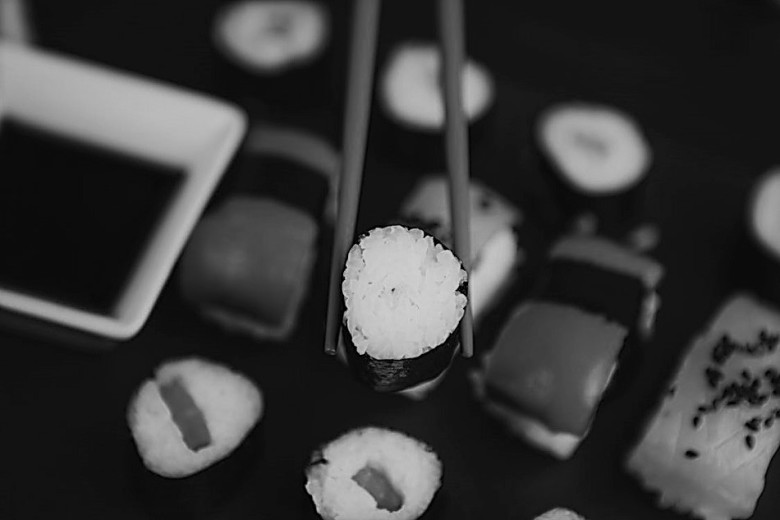
Does Calorie Counting Really Work?
Most people who count calories for weight loss or weight management assume it’s an exact science. It’s not. Here we outline 5 reasons calorie counting (i.e. logging your food to calculate intake) is fundamentally flawed.
Make no mistake, the principles of energy balance work: Take in more calories / energy than you expend, you gain weight. Take in fewer calories / energy than you expend, you lose weight. However, counting calories as a way to try to know, and control, your energy intake is fundamentally — sometimes hopelessly — flawed.
For starters, you can’t really trust that the calorie (and macronutrient) numbers you see on food packages are accurate. You see, the way they’re calculated — if they’re calculated at all — is surprisingly imprecise. Plus, even if food package numbers were precise, once the food is cooked, or chopped, or blended, the amount of energy available for digestion and absorption changes.
Then there’s what happens once that food enters your body… In the end, even something that seems as simple as knowing how many calories you’re taking in (and absorbing) can be influenced by dozens of unexpected factors.
Top 5 Reasons why calorie counting does not always work:
- Food companies may use any of 5 different methods to estimate calories, so the FDA permits inaccuracies of up to 20%. So “150 calories” actually means 130-180 calories.
- We don’t absorb all of the calories that we consume. Some calories pass through us undigested, and this varies from food to food.
- How you prepare food changes its local calorie count. Cooking your food generally makes more of the calories available for absorption, and food labels don’t always reflect that.
- Individuals absorb calories uniquely and variably. Our own individual gut bacteria can increase or decrease the calories we absorb. People with a higher proportion of Firmicutes bacteria absorb an average of 150 calories more per day than those with a higher proportion of Bacteroidetes.
- People aren’t great at eyeballing portion sizes. Studies show that people mis-measure portions about two thirds of the time, so it’s easy to accidentally consume a lot more calories than you intend to.
What’s the solution?
Commit to a daily movement practice and ballpark food portions using a hand measurement system. In addition to that stick to whole foods, and fresh fruits and vegetables.

Is boxed macaroni and cheese actually toxic?
Mac and cheese is the ultimate comfort food. It’s so hearty, satisfying, and chock-full of dangerous chemicals.
Hold on, what??
Boxed mac and cheese is high in phthalates because of plastic involved in processing, plus fat content. Phthalates are definitely a cause for concern, especially for infants and expecting females, but threshold doses aren’t known. It’s surprisingly easy to get high doses of phthalates from food, especially in the US.
*Notice the nutrition label below found on the Kraft Mac & Cheese box- read the fine print closely at the bottom.
The label shows that Margarine and Reduced Fat milk add 15.5g of total fat. Both are dairy products that are adding fat to the product which can contain Phthalates.
Phthalates are everywhere. They can leach into your packaged foods, which are the main source of high molecular-weight phthalates. They can also off gas from flooring and furniture (potentially linked to allergy and asthma).
The problem is compounded by the unpredictable phthalate content of some foods freezing beef lowers phthalate content, but freezing fish seems to increase it; cooking decreases phthalates in most foods except for vegetables, chicken has higher levels than other meats, and nobody knows which spices in which package types have high levels. Bread doesn’t have much fat in it, but was pegged as the leading source of phthalates in Belgian people.
We do know that dairy fat and cooking oils in plastic containers are susceptible to having high levels, and that yogurt has lower levels than butter and cream. That’s because foods that are higher in concentrated fat tend to store the fat-loving high molecular weight phthalates like DEHP.
Phthalates are approved by the United States FDA for use as plasticizers in food packaging and food processing materials.
Infants who eat a typical diet can easily exceed the EPA’s reference dose of phthalates, as can adolescents who eat a lot of dairy and meat. This isn’t good, as high exposures in little tikes has been linked to behavioral issues and allergic conditions. Adults can also overconsume phthalates given the right combination of foods, and high levels have been linked to lower testosterone production in men and endometriosis risk in women.
What Should you do given this information?
Step 1: Consider using glass more often
Glass containers are heavy, more expensive, and break more easily. But they don’t leach chemicals, and it may be worth switching to more glass over plastic (for both foods you buy in containers, and as vessels to store your leftovers).
Step 2: Don’t base your diet on packaged foods
There are a million and one reasons to avoid eating too much highly-processed packaged foods and snacks, and this is just one of those reasons. Remember that it takes practice to wean off of convenient and hyper-palatable foods … Rome wasn’t built in a day, and eating habits don’t change instantaneously either.
Step 3: Diversify your diet
Eating the same foods every day has some pros, like the consistency of calorie intake, but toxicity potential is one of the cons. If you eat just a few of the high-phthalate foods on a consistent basis, toxicity loads can get quite high. Diversify, and enjoy the wealth of different foods modern life affords!
As Always look for Recipes that will contribute to your health!
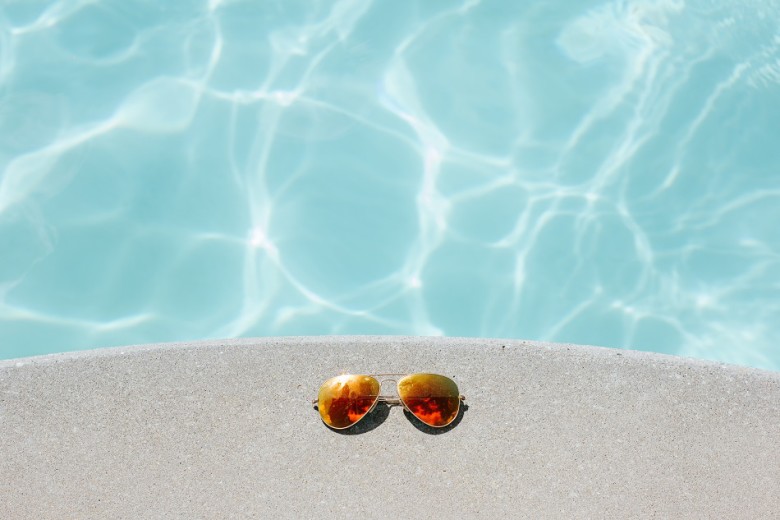
Is your Sunscreen Safe to Use?
We often just focus on eating a real food, diet, getting our workouts in at Kamba Fit, sleeping 7-9 hours per night, and managing stress. Other potential toxins in our environment seldom cross our mind. Don’t get me wrong; all of the things I listed above are REALLY IMPORTANT! But now that you are consciously doing those things I want you to start looking at other potential toxins in your life that could be affecting your health and well being.
Did You Know?
- · Our skin absorbs 60% of any topical product we use
- · The average woman wears nearly 515 chemicals a day
- · There are more than 10,000 chemical ingredients permitted for the use of personal care products
- · These chemicals have been scientifically linked to a range of harmful diseases and bodily reactions
I want to address the topic of sunscreen as it is summer and we want to spend as much time outside as we can!
When we lather up with sunscreen, is it really protecting us from skin cancer like we think it is?
There are two types of ultraviolet rays (UVA & UVB). UVB is what tans or burns our skin. The good news with UVB is that we know if we are getting too much as we start to redden and eventually will burn. Most conventional or “broad spectrum” sunscreens filter out the UVB rays. On the other hand, UVA rays penetrate into deeper layers of our skin. That can cause oxidative damage as well as potentially damage our DNA. UVA rays is associated with malignant melanoma, the deadliest form of skin cancer. Sunscreens do not block UVA rays.
Commercial Sunscreens
Most commercial sunscreens contain chemical ingredients such as oxybenzone and parabens, both have been shown to be endocrine (hormone) disruptors in studies of cancer cells. Endocrine disruptors can act like estrogen and may contribute to hormonally mediated cancers. You also want to avoid chemical sunscreens that contain vitamin A (retinyl palmitate) and nanomaterials.
What to Look For in a Sunscreen
If you are going to be in the sun for long periods of time or are prone to sunburn, mineral sunscreens are a great option to make sure you’re safe. Look for mineral based sunscreens that contain non-nano Zinc or Titanium Dioxide and UVA and UVB protection. Because large amounts are not absorbed into the body they are much safer. Non-nano Zinc or Titanium Dioxide creates a physical barrier on your skin, hence the white residue they leave behind.
The best mineral based sunscreen I have found is Badger Balm. The best part is the name will be easy to remember. You can find it at your nearest Walgreens, CVS, or Amazon. Do yourself a favor this summer, take care of your skin so that you are healthy inside and out!


